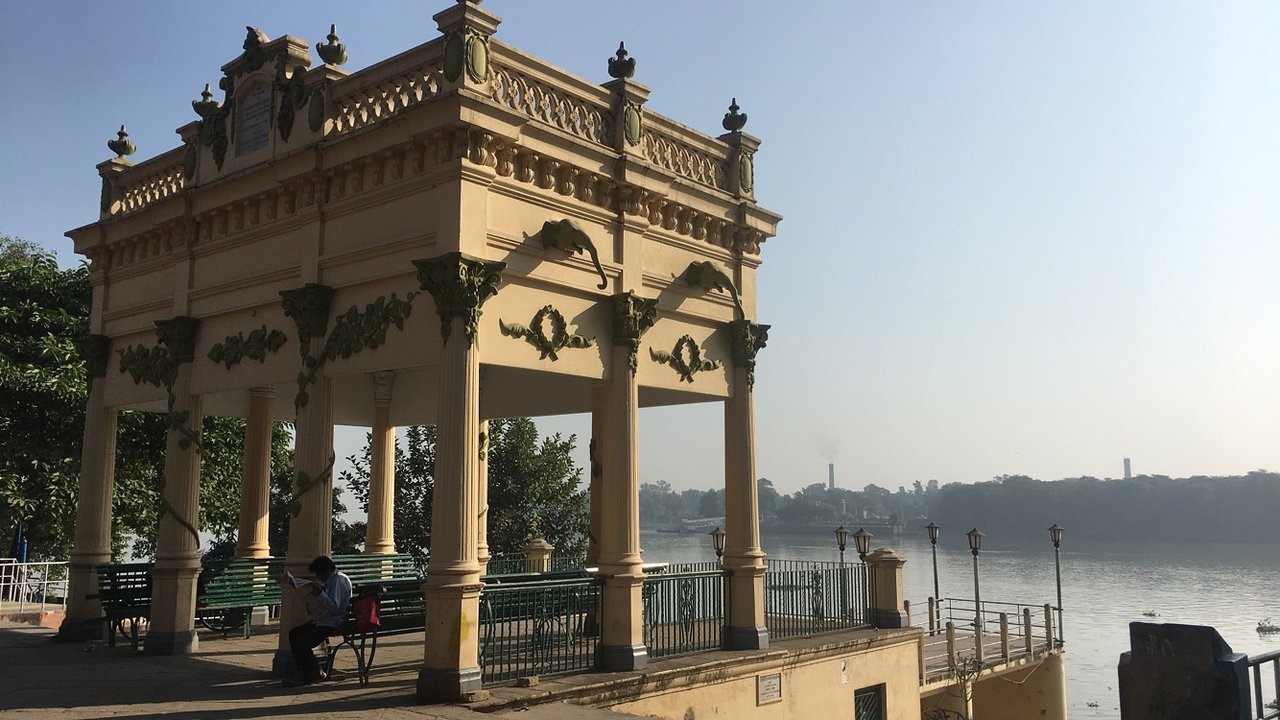As an illustration of the procedure which can be adopted by Parliament in making a law for absorbing newly acquired territory we may refer to the Chandernagore Merger Act, 1954, which was passed on September 29, 1954, and came into force as from October 2, 1954. Chandernagore, which was a French possession, was declared a free city, and in June 1946 the French Government, in agreement with the Government of India, stated that it intended to leave the people of the French establishments in India a right to pronounce on their future fate and future status.
In pursuance of this declaration a referendum was held in Chandernagore in 1949, and in this referendum the citizens of Chandernagore voted in favour of the merger of the territory with India. Consequently, on May 2, 1950, the President of the French Republic effected a de facto transfer of the administration of Chandernagore to India, and as from that date the Government of India assumed control and jurisdiction over Chandernagore under s. 4 of the Foreign Jurisdiction Act, 1947. Relevant notification was issued by the Government of India under the said section as a result of which certain Indian laws were made applicable to it. The said notification also provided that the corresponding French laws would cease to apply with effect from May 2, 1950.
This was followed by the treaty of cession which was signed at Paris and in due course on June 9, 1952, Chandernagore was transferred de jure to the Government of India on the ratification of the said treaty. The result was Chandernagore ceased to be a French territory and became a part of the territory of India; and the foreign Jurisdiction Act was no longer applicable to it. Article 243(1) which was then in operation applied to Chandernagore as from June 9, 1952, and in exercise of the powers conferred under Art. 243(2) the President promulgated a regulation for the administration of Chandernagore which came into force from June 30, 1952.
The Government of India then ascertained the wishes of the citizens of Chandernagore by appointing a commission of enquiry, and on receiving the commission’s report that the people of Chandernagore were almost unanimously in favour of merging with West Bengal, the Government introduced in Parliament the Chandernagore Merger Act in question. After this Act was passed Chandernagore merged with the State of West Bengal as from October 2, 1954. This Act was passed by Parliament under Art. 3 of the Constitution. As a result of this Act the boundaries of West Bengal were altered under Art. 3(d) and by s. 4 the First Schedule to the Constitution was modified.
We have thus briefly referred to the history of the acquisition and absorption of Chandernagore and its merger with West Bengal because it significantly illustrates the operation of Art. 1(3)(c) as well as Art. 3(b) and (d) of the Constitution.
